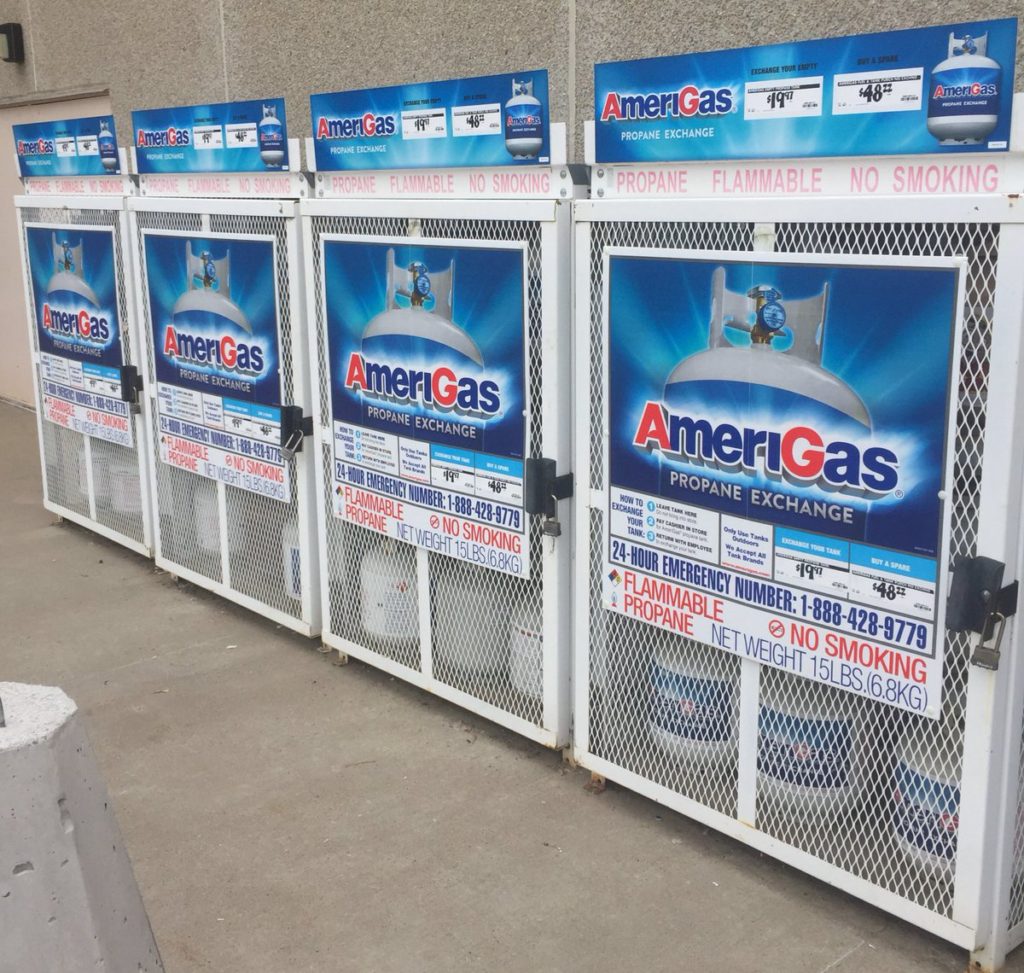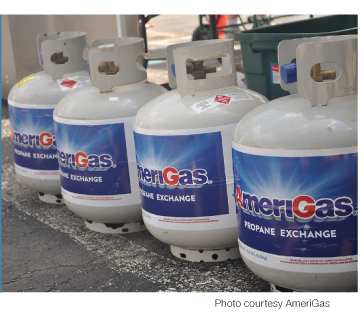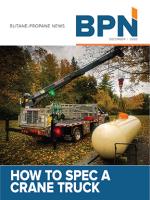
On Oct. 30, 2020, the Pipeline and Hazardous Materials Safety Administration (PHMSA) of the Department of Transportation (DOT) published a final rule announcing its approval of the National Propane Gas Association’s (NPGA) petition on the requalification of DOT-specification cylinders by hydrostatic testing, also known as volumetric expansion testing method.

In 2017, PHMSA changed the requalification period for the hydrostatic and proof pressure testing methods without providing any rationale or substantiation for the changes or addressing them in any form as required by the Administrative Procedures Act, according to Sarah Reboli, NPGA’s senior counsel, regulatory and industry affairs. “NPGA engaged PHMSA immediately because the altered requalification periods negatively impacted millions of propane cylinders in the marketplace, and the change was without any safety basis,” Reboli said. “To temporarily correct its mistake, PHMSA issued an Enforcement Discretion document that allowed the requalification of DOT-specification cylinders by volumetric testing according to either a 12- or a 10-year period.”
“Through a petition and rulemaking, NPGA secured a return to the 12-year requalification period for initial and subsequent requalification periods by volumetric testing as well as extending the initial requalification period to 12 years for the proof pressure method,” Reboli said. “NPGA created a simple chart for marketers to review the new requalification periods. It is also available along with a fact sheet, Fact Sheet: DOT Cylinder Requalification Periods on NPGA’s Member Dashboard.”
The final rule took effect on Nov. 30, 2020, and applies to all DOT-specification cylinders, including those currently in-use. The relevant regulatory materials are available on NPGA’s Member Dashboard. According to Reboli, none of these changes affect the 5-year visual inspection for cylinders.
Chris Wagner, director of compliance and regulatory affairs for AmeriGas, described the numerous challenges of the original change from 12 years to 10 years for the requalification. “This change caused a significant and immediate impact to the industry. Hundreds of thousands, if not millions of containers ranging in size from 20 to 420-pounds, were suddenly out of qualification. These were cylinders that should have had two additional years of qualification remaining.” Wagner, who serves on the Regulatory Task Force of the Governmental Affairs Committee with NPGA and as vice-chair of the Propane Education & Research Council (PERC) Safety and Technical Training Working Group, was an industry representative in a meeting at DOT to explain the urgent need for a rule change.
“In addition to the huge financial cost to have so many containers prematurely removed from qualification, it was important that they knew there were countless logistical challenges as well,” Wagner said. “The change came right in the busiest part of January and in many parts of the country, larger containers were under snow and ice and had to go out of service as it was impossible to requalify them under the conditions. Some customers saw the challenge as bad customer service or an excuse to charge them more. With the smaller cylinders, there were communications challenges between retailers, cylinder exchanges, and customers as well. Dispensers had to relearn the requirements. While we did get the discretionary notice, there was also confusion as some local jurisdictions did not recognize or accept the discretionary notice when it was released. It still was not the official rule.”
In addition, in his role with PERC, Wagner had to help navigate the updating of training materials. “With a variety of acceptable approaches to requalification throughout the country, it was not possible to provide universally accepted training materials.” While more and more training materials are available online, Wagner noted that printed materials are more commonly used at dispenser distribution points. “It is important that the latest, most up-to-date training is in the hands of the staff at these dispenser operations.”
Reboli also noted that NPGA had sought clarification on the cost for training materials regarding cylinder requalification. “We learned of confusion within the industry as to whether federal regulation 49 C.F.R. 180.209(g) requires marketers to specifically purchase training documents referenced in the regulation,” Reboli said. “Part 180.209(g) covers the performance of external visual cylinder requalification.”
Through outreach to PHMSA, NPGA received clarification that facilities performing external visual inspections to requalify cylinders are not required to purchase the information from any particular organization. “There are existing PERC training materials that detail the same type of information contained in the referenced documents,” Reboli explained. “These materials are available at a nomimal cost or no cost to a marketer.” NPGA has a fact sheet, Fact Sheet: DOT Cylinder Requalification Training Materials available on its Member Dashboard at npga.org. — Pat Thornton


